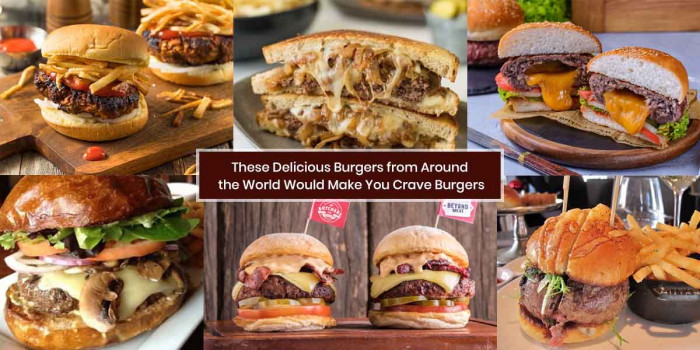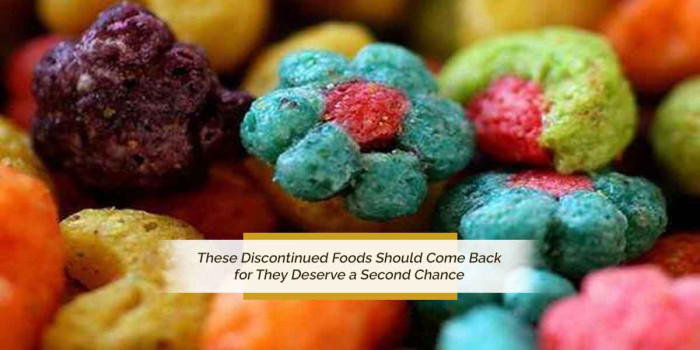Bagged Milk- What is it & Why Canadians Love it?
You won’t always find milk sold in clear plastic bags. But in Canada, the milk is sold in plastic bags. Of course, it has benefits and drawbacks. Let us find it out!
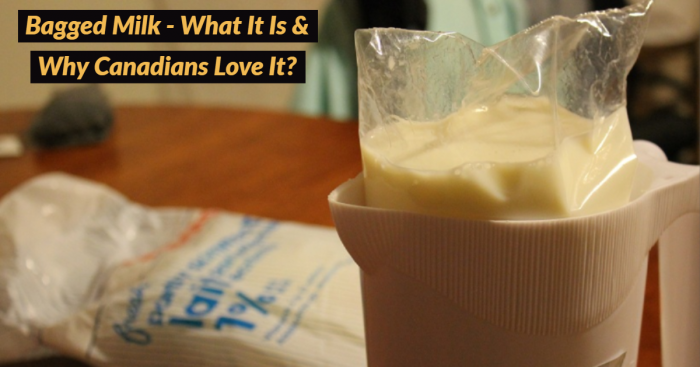
Have you ever heard about Bagged Milk? It comes in a transparent plastic bag and is stored in a jug. While there are people who get milk in cartons, others buy milk in plastic bags. Americans usually buy milk in cartons, but in Canada, it is sold in plastic bags.
The Canadians have a peculiar taste and strong liking for ketchup chips, butter tarts, and poutine. But did you know that it’s the Canadians who invented the bagged milk back in 1967? They (especially the ones in the East) have been using the 4L packs of this milk since the 1970s.
So let’s know here what is bagged milk, a quick history of it, which countries drink it, and what are its benefits and drawbacks.
What is Bagged Milk?
Bagged milk or milk bag is nothing but transparent plastic bags containing milk. It is mostly stored in a pitcher or jug, having one corner allowed to be nicked off at the time of pouring. Then put the pitcher back in the refrigerator until you need it for the next serving.
Pitchers and bag openers are the two common accessories related to Canadian milk bags. The key-shaped bag openers are a type of commonly used refrigerator magnet even though they can be opened using scissors or knives.
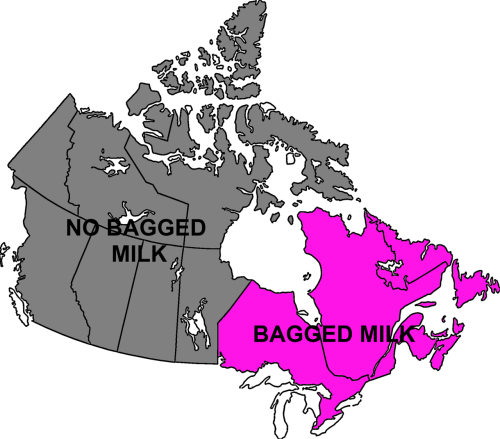
How, Where & Why Was Bagged Milk Invented?
Until the late 1960s, the milk was being sold in glass bottles. The manufacturers were well aware of the amount of waste and expense involved. The heavy bottles were difficult to transport and were fragile.
Some years later, Canada planned to change the metric system of selling liquids and demanded them to be sold in liters. The manufacturing plants that produced plastic jugs or cartons discovered that their containers had to be revamped to cater to the new requirements.
However, the process of adding milk into plastic bags needed very small changes. In 1967, Du Pont introduced this innovation by using European equipment. The domestic dairy industry received it with open arms due to its low fragility and lightweight packaging. This also resulted in reduced packaging waste as they need less amount of plastic to hold the same amount of milk.
Although the consumers favored the use of plastic jugs for many years, they accepted the new containers in certain regions in the 1970s. A big reason behind such a shift was the national conversion of the metric system. It was easy to adjust the production of milk bags, but the production of jugs required the whole system to be fully redesigned.
In 1978, the 4L milk bags became a standard in Ontario, and until the early 1980s, Canada fully adopted the metric system. The consumers began understanding the benefits of bagged milk. Even though the milk loses its freshness once it is opened, the other two new packs could be opened as it comes with 3packs in a large sack.
In 1979, a common accessory associated with Canadian bagged milk, a ‘key-shaped bag opener,’ was invented in Toronto. It came with a clip and a magnet.
In 2010, a UK-based supermarket chain, Sainsbury’s, launched 2-pint bags offering a free pitcher as an incentive to people to opt for this and reduce waste. These contained 75% less plastic than the milk jugs. As per a Guardian report, they “save up to 1,400,000kg of packaging every year.”
Where Do People Use Bagged Milk?
You may have read or heard that Canadians widely use bagged milk. Well, that’s true but partially. It’s eastern Canada (especially, Ontario and Quebec) where people drink from milk bags, and its use is not so popular in Western Canada. In Western Canada, one can find them in the grocery stores of regions Manitoba, Saskatchewan, Alberta, and British Columbia. Everything in Canada is sold in metric units.
In the UK, milk bags are mostly used along with a specialized plastic jug. The bag easily fits in the jug, and one corner is secured under a bar in the jug front. And when the lid is closed, the bag is pierced and a spout slides into the hole to retain freshness and easy pouring. Doorstep deliveries are mostly common for traditional glass milk bottles in the UK, but Dairy Crest/Milk & More company delivers milk bags at the doorstep. They sold Jug-It brand plastic jugs that were specially designed to carry milk bags. However, its sales ceased in December 2015 after the prolonged negotiations of the dairy giant Muller bought Milk & More from Dairy Crest.
In Mexico, the government welfare & social programs and assistance programs dispense milk in bags (1L or 1.8 imp pt per bag) at really low prices. Bagged milk is also available in other countries like Russia, United States (in Iowa, Minnesota, and Wisconsin), Colombia, Brazil, Argentina, Israel, India, South Africa, and Uruguay also uses bagged milk.
Early Use of Bagged Milk from the 1970s Till 2000s
The countries of the Eastern bloc, such as Hungary, Romania, Poland, and others, also used milk bags. In the late 1990s, Shepparton-based dairy company Ducats distributed milk bags in Australia (Greater Shepparton, Victoria). In the 1970s and early 1980s, milk bags of 1-pint-size were used in Caboolture and Gympie in Queensland.
In 2008, in the United Kingdom, Sainsbury’s supermarket began a sample experiment of the distribution of milk bags with Dairy Crest. Initially, milk bags were targeted for 35 stores at a price that was the same as that of a regular plastic bottle of milk of 2-imp-pint (or 1.1 L) size. Later in 2010, it was expanded throughout the nation, and bags were retailed at a discounted price.
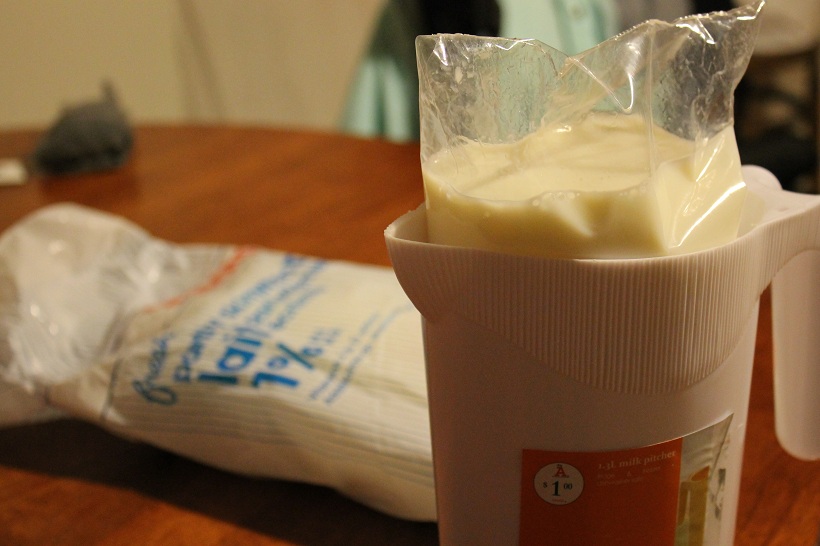
What is its Packaging & Popularity Like in Canada & Other Countries?
In Canada, bagged milk comes in a bag containing nearly 11⁄3 liters (2.3 imp pt) of milk. In Eastern Europe, South America, and the Baltic rim nations, a packet comprises 1 L (1.8 imp pt) of milk.
In Canada, 3-bags of 11⁄3 liters are packed together into one large sack and sold in the market. The total size of milk in the large sack is 4 L (7 imp pt). Around 75-80% of all the milk sold in central Canada, Ontario, Quebec, and the Maritimes is delivered in this manner. However, it is not extensively sold in western Canada and Newfoundland, and Labrador.
The bags can be with or without labeling. The labeling would include an expiry date, lot number, and type of milk (not always). The 3-bag 4L pack is the largest size sold at the least unit price in the retail store. Some of the convenience stores also offer 4L plastic jugs instead of milk bags, even in eastern Canada.
For more than 30 years now, regional Kwik Trip/Kwik Star convenience store chains in the Upper Midwest and other boutique dairies in the US have their in-house dairies and have been selling individual-bagged milk along with pitchers. Big milk bags inside corrugated boxes (bag-in-box) are often used in milk dispensers at schools and institutions.
In India’s urban areas, milk is typically sold in 500ml and 1L bags. In South America, it is used by the people of Colombia, Ecuador, Argentina, Brazil, and Uruguay.
In Israel, bagged milk is the most common type of milk packaging. In the 1960s, they were a standard form of milk packaging, and glass bottles are discontinued. Being a regulated product, its price is controlled by the state. The price difference between bagged milk and other milk packaging alternatives (plastic bottles and cartons) reflected the customer’s socioeconomic status.
Despite the higher price of cartons, the purchaser’s high economic status meant that he/she was more likely to buy a milk carton instead of bagged milk. Its ratio was also used to estimate the status of the region in Israel. In the case of pious Jews, the opening of bagged milk could be regarded as problematic on Shabbat as the action requires cutting. The interior minister of the country used empty bagged milk in the Knesset as props to complain about the increased prices of milk.
A Survey Proves that Students Love Bag Milk and Finished it in Less Time Than One in Cartons
Golden Hills Elementary School near Omaha changed their milk cartons into bagged milk after the test proved that kids finished milk in the bag earlier than the one in cartons. This experiment was conducted in the house, and it was found that kids loved the bagged milk more, maybe they found it tastier.
The food service director thinks that kids drink bagged milk more because they can see how much milk they have drunk.
What Makes it Favorable for Use?
The benefit of bagged milk for consumers is that it is cost-effective to produce and buy. Also, it lowers the risk of spoilage since it comes in small portion sizes. They thus occupy less space in the space and location in the fridge and also in the garbage.
And for manufacturers, a major benefit is that the portion size can be easily varied in the case of milk bags, but that’s not the case with cartons. Moreover, the overall packaging cost gets reduced.
Although the opened bag goes bad faster, the remaining bags in a 4-liter three-pack stay good for much longer. For some, it is cheaper, simply because plastics are cheaper to make than cardboard cartons. Also, cartons had to be redesigned from scratch, which is a significant disadvantage.
Difference Between Milk Sold in Carton and a Non-Resealable Plastic Bag
There is no difference in the milk composition sold in cartons and non-resealable plastic bags. The only difference is in their delivery method, which has nothing to do with the content. It is the same milk. Only the packaging varies from plastic bags to glass bottles. In the US, the glass-bottles were replaced by cardboard in the 20th century as the paper was easier to transport.
The gable-top containers were patented by John Van Wormer of Toledo, Ohio in 1915; however, it was created earlier in California in 1906. Also, its design was efficient, and there was no lid required.
Several tutorials have been uploaded on Youtube about Bagged Milk, how to open it, and how it works. For instance, watch the video below.
Source: FelixAperture
What Makes it Unfavorable for Use?
When milk is being poured, the bag’s top may turn over, resulting in the spilling of milk. This can be prevented by cutting off a second hole on the other side of the bag for air intake, or by holding the bag’s top while pouring, or a pitcher can be used with a lid to keep the milk bag in place.
The milk bags are not resealable, i.e., they can’t be easily sealed once they are opened. However, some of the consumers fold the opened portion and clip it to retain the freshness. Moreover, a single-ply LDPE bag can be easily pierced and opened and requires careful handling and transportation to prevent any product loss or spill. Also, in the case of the 3-pouch system, not much quantity of milk gets exposed to air.
What are the Environmental Concerns Associated with Bagged Milk?
Even though bagged milk uses less plastic as compared to a usual jug, the consumers do not get any incentives (like refunds) for getting the empty bags recycled as they’re mixed with other plastics. In Canada, the recycling services are managed by the municipality or that region and are not capable of being recycled.
In certain municipalities, milk bags have to be thrown off, and in others, they can be recycled only if they’re out. They are more environmentally friendly than milk jugs as 70% of the latter are sent to landfills (the U.S. Environmental Protection Agency suggests so).
Today, Canadians are doing something with discarded milk bladders. Milk Bags Unlimited, a volunteer across the Greater Toronto Area, is recycling milk bags into sleeping mats. Nearly 400 milk bags are cleaned and cut into strips to make an adult-sized mat. These sleeping mats would come with a lifespan of 25 years.
Besides this, they are also used to weave into handbags. They are durable, and a great washing alternative to sleeping on dusty ground and are helping people residing in disaster zones. Several healthcare professionals are using these mats and bags as a substitute for operating tables.
Final Thoughts
If bagged milk is available in your place, then you could even consider it freezing it when going away for a while. While some may say that its taste may differ a bit, others say that nothing is off about its texture or taste even if you have it about after a month.
What are your thoughts about bagged milk? Both types of milk have their drawbacks and benefits and are consumed in quantities in several countries.
Would you or have you ever consume bagged milk? According to you, which milk is better and in what way? Drop your comments below!
Popular Posts
Amazing Ways To Plate Your Dish Like a Pro
Cooking is one of the most loved activities by men and women in the world. People who prepare mouth watering foody delicacies ar...
Bharat Asrani
Gabagool | Capocollo - A Spicy & The Traditional Italian Food
Capocollo is a traditional and spicy Italian and Corsican pork cold cut made from the dry cured muscle running from the neck to ...
Kimberly Campbell
10 Interesting Facts About The Hydrox Cookies
Sunshine Biscuits launched the first creme-filled chocolate sandwich cookie in 1908. Hoping to evoke a sense of purity and goodn...
Kimberly Campbell






